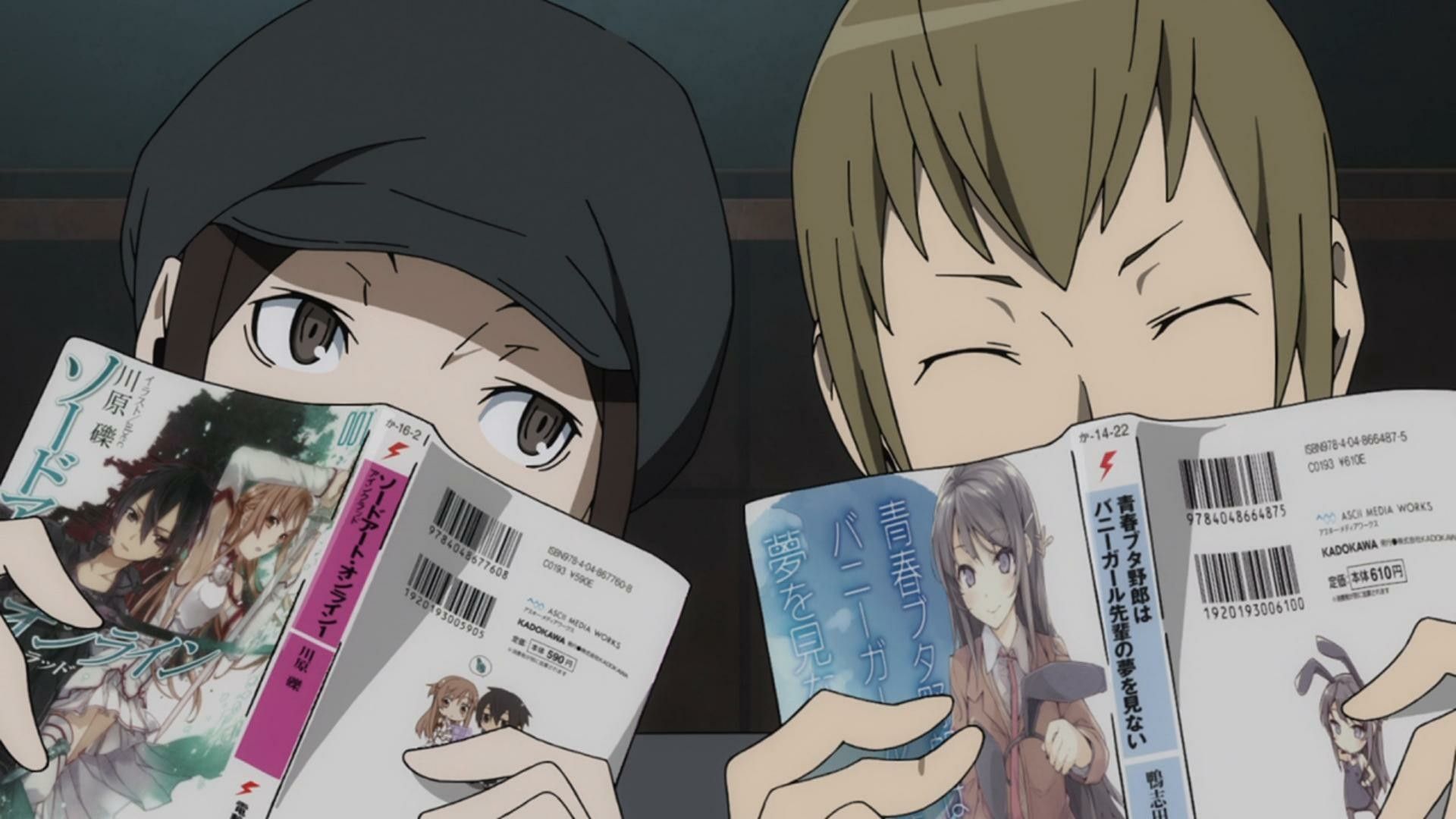Table of Contents Show
They say that you are never too old for most things, but how far does that statement stretch? Though adults are encouraged to do things like go back to school and travel, there are some things that society seems to frown upon after one reaches a certain age. Anime has never been a medium taken very seriously by many adults, who have viewed anime simply the same way as they would view a childish cartoon. When most adults see an animated film, it is most likely because they are taking a child to see it. And though the adult may even have positive things to say about the newest Disney film, the animation medium is still often seen as a juvenile — something that the average adult wouldn’t engage in unless they saw it because of a child. However, the rise of geek culture over the last decade has significantly changed things. More adults are sporting their nerdy comic book t-shirts and video game merchandise, as society is normalizing (to an extent) these forms of entertainment. But what about anime fans?
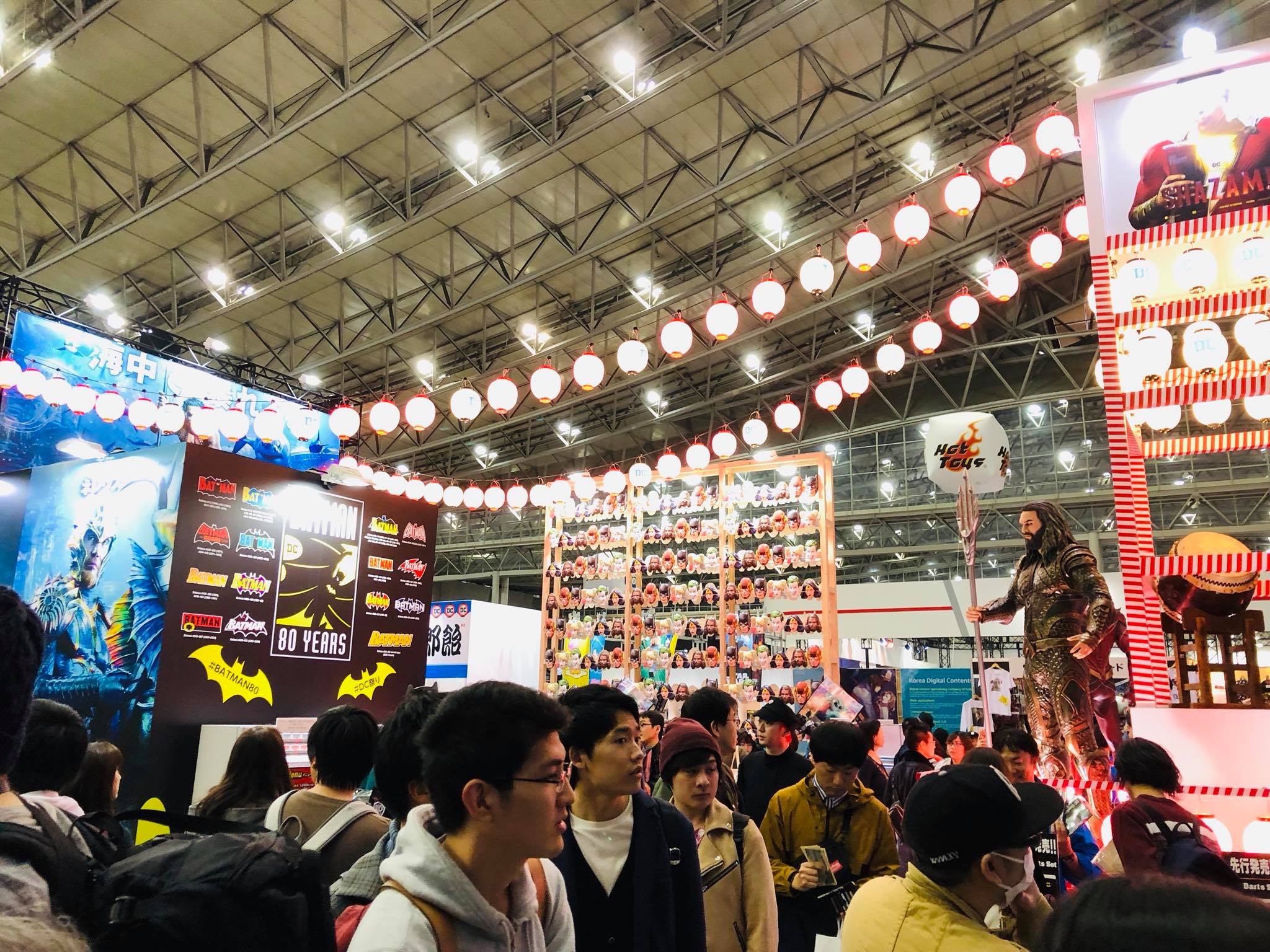
Anime hasn’t always been very understood in western culture, especially back in its early days, as a form of media in North America. When anime was first introduced to North America, much of the western audience believed the entire genre was strictly for children. Because of this, anime (like western cartoons) is something that a person is expected to grow out of after a certain age. For those who choose not to grow out of it, well, it’s not exactly looked at as normal. But despite facing criticism from young and older crowds alike, adult fans still exist and thrive online. What makes them stay true to anime and its culture? How come some of us have never “grown out of it?”
Millennials + The Anime Boom
Anime fans are not that different from your typical comic book superhero nerds, yet they are somehow treated a bit differently. Unlike western cartoons, anime was once something that was rare to come by and wasn’t nearly as popular or successful as it is in the present western world. Access to anime was limited; episodes could only be viewed on DVDs/VHS (which could get pricy, especially for kids and teens), on torrents with mediocre quality and questionable subtitles, or during an obscure time block on cable. But despite these obstacles, the fans did what they could to satiate their need for more content. This was why the Anime Boom towards the end of the ’90s was such a big deal.
Between the late 90s and early 2000s, North American companies such as Funimation and 4Kids TV entered a license agreement with animation studios overseas, giving them access to a large number of anime titles. These companies were granted permission to redistribute multiple series and dub them in the English language. Because of this, many titles were introduced to the public all at once through blocks like Toonami on Cartoon Network, which became the only channel to air anime consistently at the time. This brought in a slew of new fans, and since there were already many titles being dubbed in English and released at once, fans always had something to talk about and were able to keep the hype going.
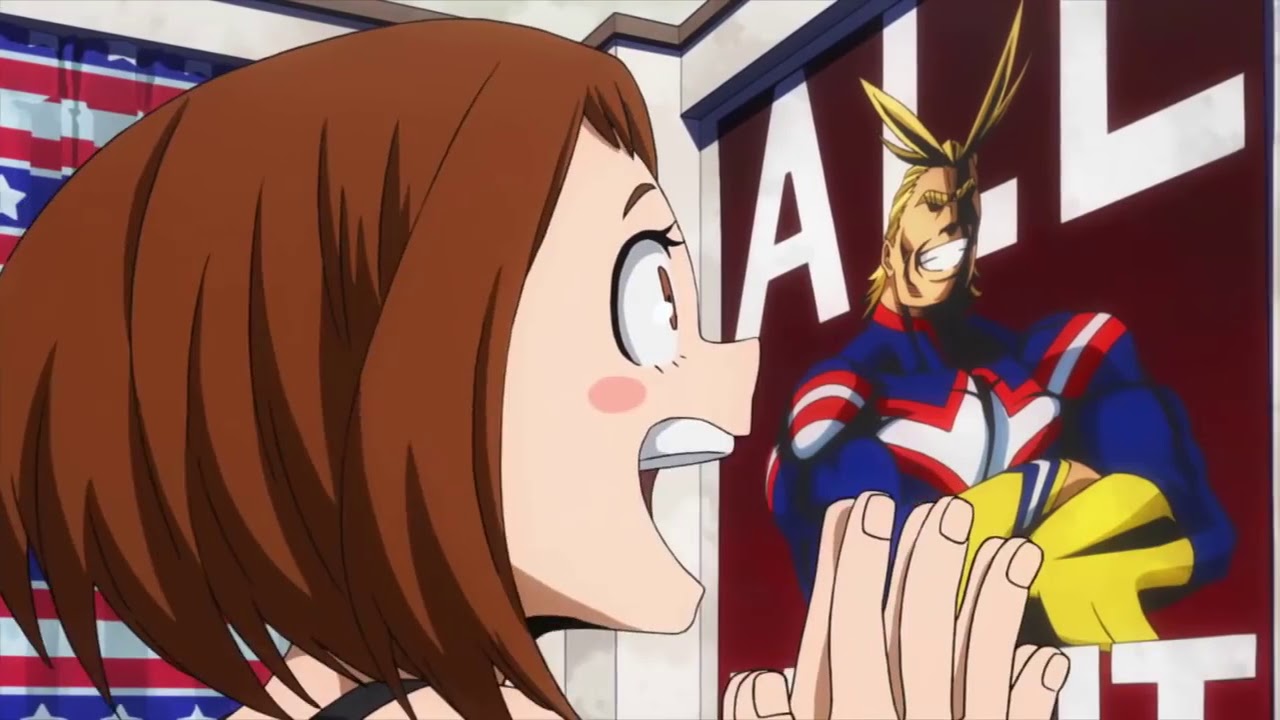
Even after the boom, the medium was still considered a niche interest that only stayed on certain cable channel blocks, as well as DVDs and VHS. There were still episodes available for download on torrent for the fans that didn’t feel like waiting months for more new episodes or simply didn’t care for English dubs in general. Now, there are so many streaming apps and websites that allow anyone to access anime. Simulcasting and simuldubbing even make it possible for western fans to see a new episode immediately after the Japanese broadcast and dubbed in English, usually the following week. These resources didn’t exist during the boom, but thanks to the rise of internet culture, these resources make it possible for anyone to access most Japanese animated series easily. This has indefinitely contributed to the spike in popularity.
Many millennials could appreciate how anime was different from the average western cartoon. The medium looked fun, colorful, sparkly, action-packed, and just all around different from what westerners were used to. Some animes seemed more relatable than western cartoons, with content that was much more mature and realistic, making the story easy to get enthralled with. Eventually, anime would heavily influence future popular western series (Avatar: The Last Airbender, Steven Universe, etc.), but before that, it was seen as something different, cool, and ultimately fun — almost like a breath of fresh air.
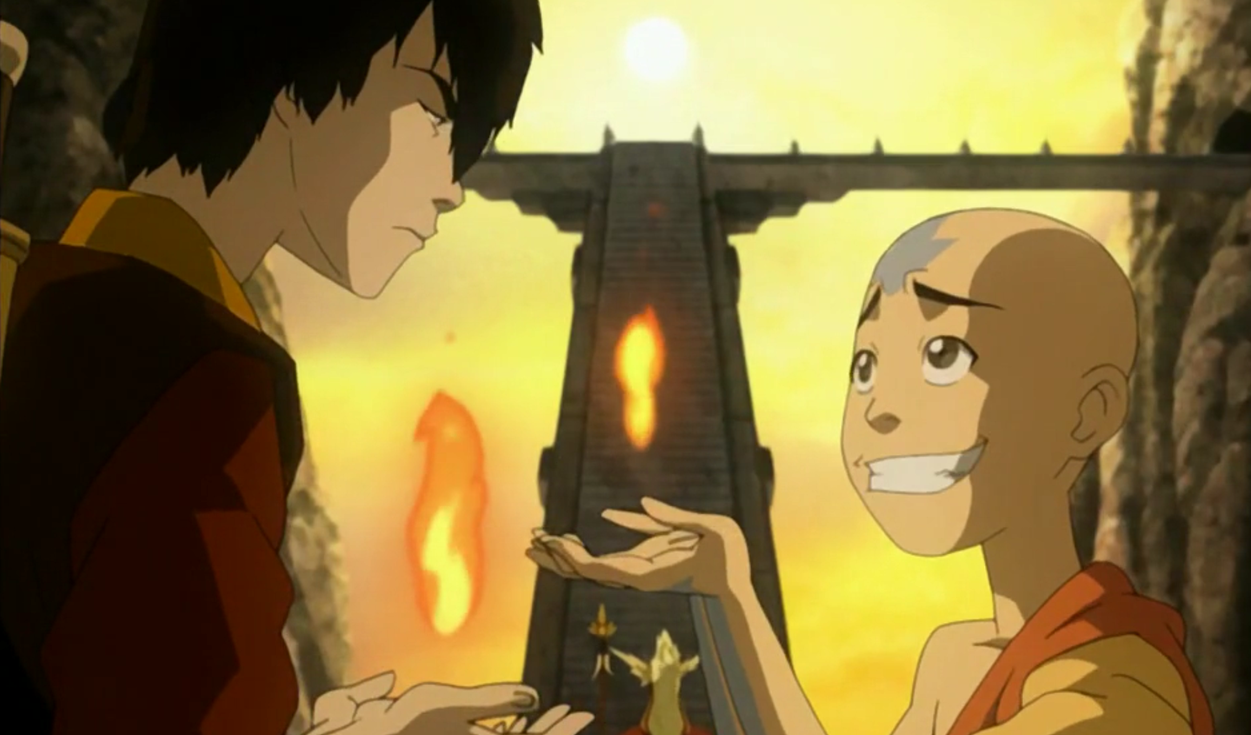
As more anime continued to come over to the US through companies like Funimation, the popularity steadily grew, but it was still considered a niche genre. Hardcore fans were given the name “weeaboo” (commonly shortened to “weeb”), which describes a western fan obsessed with anime that finds any other genres less superior. (( “Weeaboo,” Dictionary.com. )) Originally a derogatory term derived from the Japanese word “otaku,” it is often used now as a term of endearment among anime fans, especially by young ones. Over time, anime has become much more popular and has slowly but surely, climbed up into the mainstream.
Now, it’s fairly normal to casually meet another anime fan at work, school, etc. Cosplay and anime/comic conventions, though they have been around for decades, had started taking off around the turn of the last decade as well, to the point where it became more of a fad than anything. All of a sudden, dressing up and acting like a nerd was popular, and calling someone a weeb became more common and even quirky rather than an insult. So then, why are older adults still picked on for remaining fans when most of these fandom traditions started with them?
Societal Pressure To Conform Because It’s “Normal”
It’s rough enough trying to ease into adulthood with the pressure of parents, jobs, and college on the shoulders of young adults. Teenagers are expected to know what they want to do with their lives by the end of high school, which is ridiculous to put on a child yet is still considered the norm. Teens are immediately expected to do things such as leave the nest once they hit a certain age and go to college and/or get a job, getting thrust immediately into adulthood with no questions asked because, well, this is just how it is when you grow up, right? And it doesn’t stop there, either. It seems that every few years, a new milestone is expected to be reached. For example, when you graduate high school, it is immediately expected that you either attend college or get a job. When you hit your late twenties, it’s time to find a “decent” job (most likely something mundane and repetitive, but hey, it pays the bills and rent). Then, it’s time to ditch the roommates for a place that you can call your own because adults are required to be independent. That is until it’s time to find a life partner, get married, and have children.
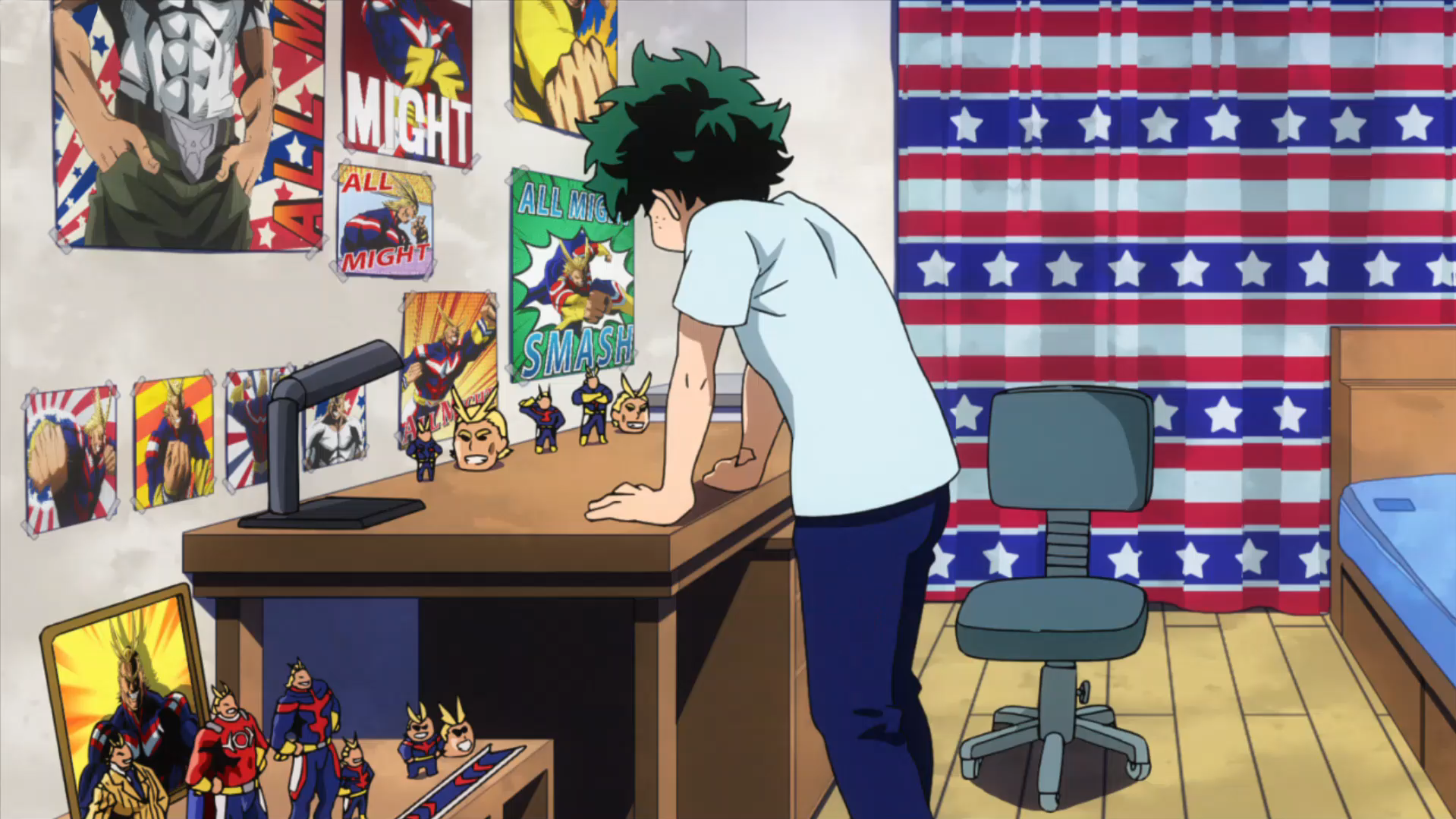
But here is the issue with that route: not everyone wants to follow it; if it is the route that someone chooses and wants to pursue, fantastic! But there are also a number of people who don’t want that route, especially nowadays. Despite these feelings, adults still have family and friends down their throats asking when the wedding is or when you’ll be starting a family. They ask why you haven’t gotten a raise in how long or why you stick with a job that is unconventional and doesn’t pay as much, even though you constantly say it’s because you enjoy it. This is because society has set standards for adults that go back decades, and adults are still held to some of these outdated standards to this day.
This can harm a person’s psyche, as it’s pretty much drilled into our heads since childhood that this is the norm, and any other way will be more difficult or not as fulfilling. This puts the fear of failure in one’s head and oftentimes causes young adults to be fearful of straying from the designated path. Unfortunately, because of these expectations, adults are presumably supposed to abandon anything that attaches them to childhood, including certain interests and hobbies, and it’s honestly a little depressing.
Anime Twitter: The Bias Surrounding Adult Anime Fans
Though society continues to evolve and become more accepting of certain things, for some reason, older anime fans are still picked on, not just from older adults set in their ways, but shockingly, from younger anime fans as well. When social media sites such as Tumblr and Twitter drastically took off at the turn of the last decade, so did nerd culture. It was easier to find groups of people that enjoyed the same types of things, including anime. Because of these sites, fandoms have significantly grown over the years, and with the easy access to anime via streaming and simulcasting, it’s no wonder that fans have grown in numbers. And because being an anime fan is so normalized now, it’s nearly impossible not to run into one online. In fact, Twitter has a hashtag/nickname for the anime section of its site, anitwt, which is just a shortened way of saying “anime twitter.”
Twitter is currently the most popular platform of choice when it comes to social media, coming a very long way from its early days. It is a huge place for fandom, where fans of all kinds gather and share artwork, headcanons, writing, etc. anime twitter is definitely no exception. Despite Twitter being a vast site where you can find a place for literally any interest, it’s not as big as it once seemed. There are well-known figures in each fandom, and whether you know them personally or not doesn’t seem to matter. It may be a popular fan artist, cosplayer, or just an influencer who actively posts about the anime in general. The point is that there is an invisible hierarchy in most fandoms, including anime twitter.
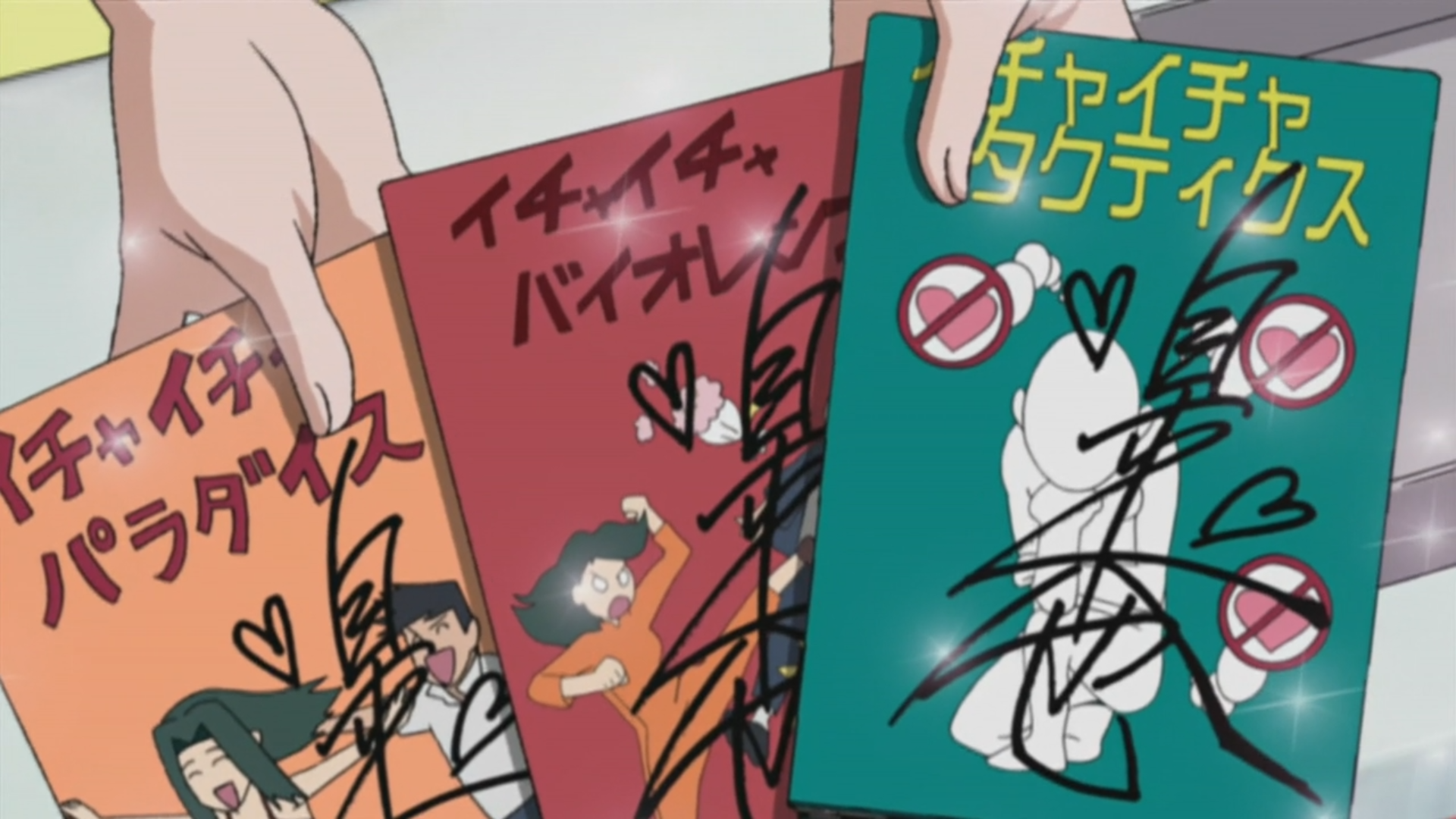
And with that comes the hot issue of gatekeeping. According to Urban Dictionary, gatekeeping is “when someone takes it upon themselves to decide who does or does not have access or rights to a community or identity.” (( “Gatekeeping,” Urbandictionary.com. )) Despite older anime fans laying down the foundation for anime fandom, they still receive harsh criticism from younger fans online. They are often made fun of for being over a certain age and liking anime, and still being involved in fandom. Most of the time, these are teens and very young adults just starting in their twenties that mostly point at fans in their thirties and older, though some posts by teenagers have even suggested that liking anime over the age of twenty-two is unacceptable.
It is, in fact, a little ironic that teenagers continue to be overly critical towards seasoned fans. It was the older fans that laid the groundwork for anime fandoms long before Twitter even existed. Before any new forms of social media had become embedded into society, fellow weebs were still talking about anime. Whether it be in message boards or through sharing works on sites such as Deviant Art, Fanfiction.net, or LiveJournal, anime fans consistently had a way of communicating with one another and enjoying the anime fandom together. Many wonderful works have come from these seasoned fans, including fan art, fanfiction, and cosplay, which have always been celebrated by different fandoms.
These traditions still hold true, as fans pay homage to their favorite anime characters through the arts. The only thing that has truly changed about it is how much the anime fandom has grown and that there are now more platforms that give fans the privilege to be more outspoken about their fandom. When Facebook, Twitter, Instagram, and Tumblr arrived, it was much easier to meet others in different fandoms and share fanworks, as well as socialize with other avid anime fans. As the fandom grew bigger, so did these fandom spaces.
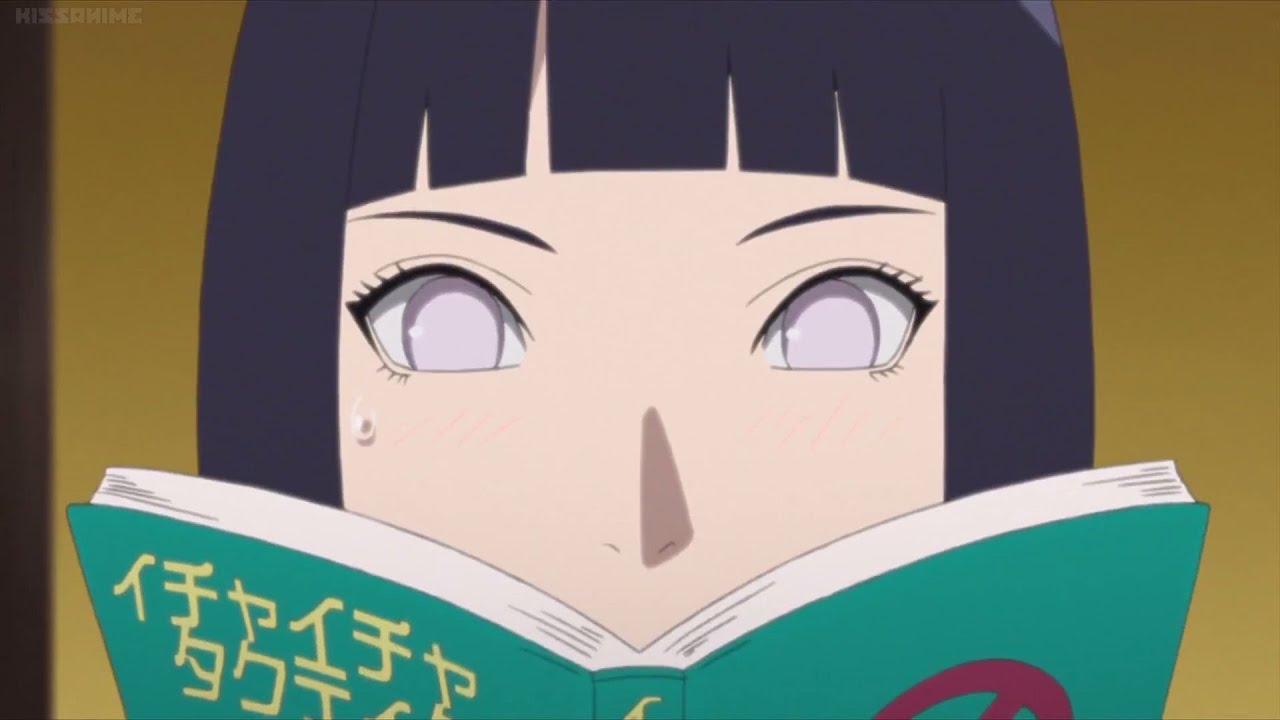
Unfortunately, much like some old-school adults, a handful of teenagers think that liking anime into your adulthood is immature. On top of often getting called “creepy” for liking an anime that is targeted towards the teenage demographic, some also throw a few bizarre yet mundane insults such as telling the adult to “go pay their mortgage,” “take care of their kids,” or “do their taxes” (which yes, thanks for reminding us, kids!). These things sound awfully similar to what society has originally molded adults to be. Adults are expected to leave their “childish” hobbies and interests behind and pursue a career, start a family, and settle down while apparently doing nothing else, including having any real hobbies.
This is a prime example of societal pressure already manifesting in these teenagers. But how boring and unfair does that sound? Why should anyone give up something they love because somebody else told them to? Why should someone give up something that brings them happiness just to be considered “normal?” After all, is it not adults who create the content that teens consume anyway? Many mangaka (manga artists) are in their late twenties and older, and they create things targeted towards a certain demographic, sure. But when you think about it, wasn’t that artist a fan of manga as well when they were just a child? Wasn’t their love of manga and anime what inspired them to create something of their own? Had some of these famous mangakas decided to simply give up their passion and love for manga/anime once they graduated high school, we wouldn’t have some of the wonderful classics that we have now!
The Personal Attachment To Anime
For many adults, anime is simply something that they grew up with, much like people who grew up reading comics or watching Star Wars. The love never goes away; fans just simply evolve as they get older. Some adults do take the path to marriage, kids, and a career and give up their old interests, but some don’t. There are adults with full families who still watch anime, make fan works, and stay involved in online fandom. Some even pass their interests down to their own children. And the adults that choose to take a different route and fill their homes with collectibles and special edition Blu-ray sets, well, that’s fine too!
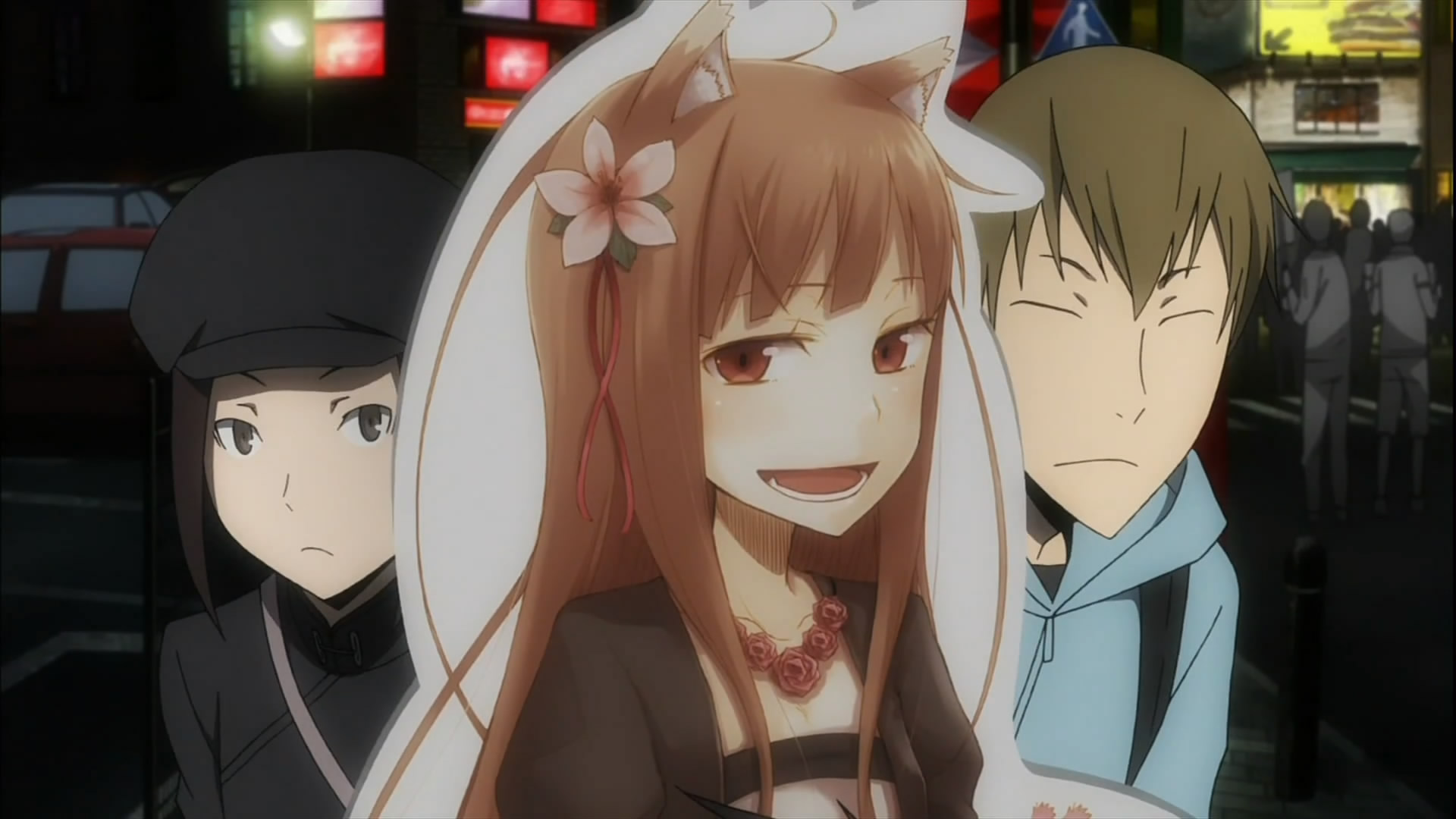
The truth is that there really is no age limit on anime, no matter how much people try to emphasize that there is. The love for anime doesn’t simply come from a passing interest. Being an actual fan of anything takes a lot of time, care, and devotion. Fan artists and writers put so much of themselves into fan works, sacrificing their own time just to express their love for the anime, which really shows how much this medium truly means to them. For some, anime is much more than just a silly cartoon. Many have learned valuable lessons from lovable favorites like Naruto (Naruto), Goku (Dragonball), and Deku (My Hero Academia) that they may not have been able to learn anywhere else. Perhaps watching certain animes have put the world in perspective, despite it being fiction.
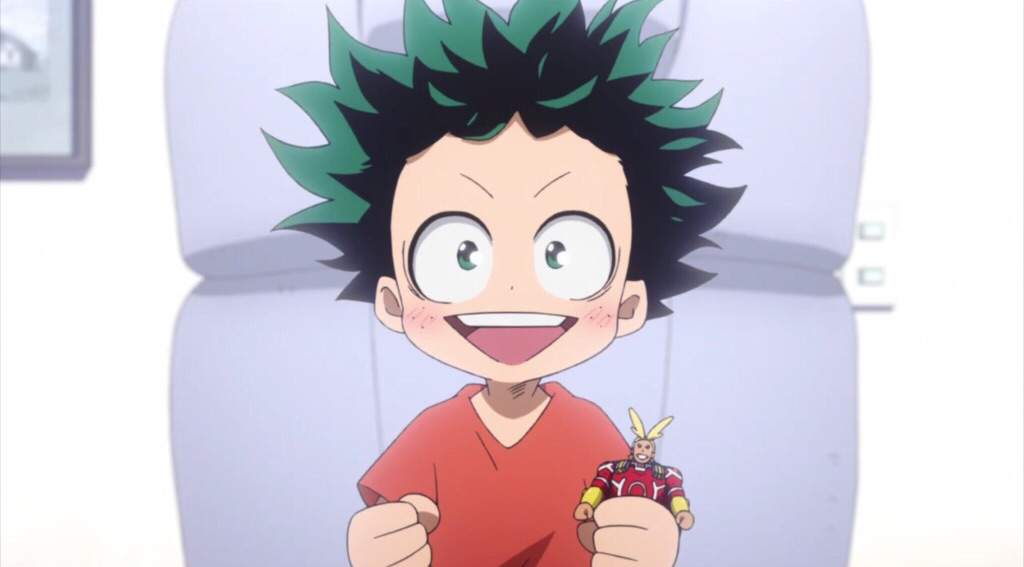
Some people have personal attachments to specific animes that may have gotten them through hard times. Maybe they are heavily related to a specific character or even found a character who greatly inspired them and still makes them smile to this day. Anime could also very well be a coping mechanism for others, and watching a favorite anime could be just the thing to get that lovely dosage of serotonin. Anime also comes in so many shapes and genres, as well as multiple demographics. Adults can still enjoy something targeted towards a teenage demographic and enjoy more adult-oriented anime with relatable content. There is always something for everyone, even children. Anime has brought people together, bringing a type of happiness and love to these fandoms that are completely unmatched.
Anime Is For Everyone!
It is effortless to get caught up in what others expect of us as we get older, and yes, it is important to “level up” in certain aspects of our adult lives, but this doesn’t mean adults have to give up things they love simply because they hit a certain age. Teens should also know that they don’t have to give up what they love either simply because society says so. You can follow the career and family route or not, but no matter which path you choose, you can still choose to also stay an anime fan if your heart desires it.
So keep watching what you love, keep collecting those figures, and never stop making those fanworks! Anime is for adults, as well as children and teenagers, and anyone else who adores the medium. Loving anime as an adult is the same as loving Disney films or comic books, and as long as it brings happiness and isn’t hurting anyone, there is nothing wrong with enjoying it no matter how old we get.
